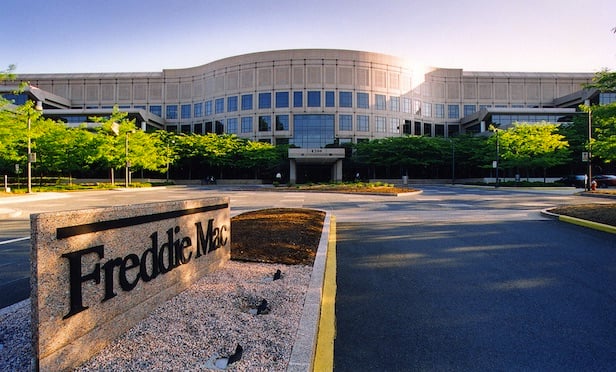Lower Manhattan: Short-Term Problems, Long-Term Recovery, published last week by the international ratings agency, names the office market as Downtown's most dismal sector over the next five years. "We are finding that if people can leave or get out of their leases, they have," Fitch senior director Diane Lans tells GlobeSt.com. "Some larger tenants may not be returning or will sublease their space. People have been hesitant to say if they're returning or not. Tenants who were in destroyed buildings have overwhelmingly relocated outside of lower Manhattan."
The Downtown multifamily market, while not as dire as the office sector, will also face rough times, according to the report. Over the short term, increasing vacancies, lower rental rates and higher insurance costs will result in declining operating performance for multifamily properties in Lower Manhattan. "Nobody wants to be in an office or multifamily building that faces the World Trade Center site." Lans says. "But it will be a different story once the site gets cleaned up and construction starts. Long term, if rates Downtown end up being more attractive than in Midtown, it's going to attract tenants back Downtown. People have short-term memories. Overall, we are bullish on the long-term recovery of the area."
Preliminary estimates for vacancies within multifamily housing in the Downtown area range from 15% to 30%. Moreover, rents are down 20% to 40% since Sept. 11, the Fitch report says. Concessions and rent reductions of 5% to 15% are on offer for many tenants willing to remain in their apartments.
Lower Manhattan's hotel market, while undoubtedly affected by the trade center attacks, is not large enough to merit major study. But, Lans says, "Because it is able to react more quickly than other property types, that could mean a quicker turnaround."
The report examines 24 CMBS transactions where total exposure to lower Manhattan is 3% or more of the outstanding balance. Most CMBS loans in Lower Manhattan are office properties with some multifamily of hotel assets.
In a separate study also released last week, Fitch data indicate that sublease space nationwide is masking true vacancy rates. The report says that eight million sf of sublet space was returned to the New York City market in the 14-month period preceding Sept. 11. Fitch expects, however, that despite reports of post-Sept. 11 absorption, there is a general expectation that sublease space, particularly in lower Manhattan, will increase as the recession progresses.
Fitch uses the services of Property & Portfolio Research Inc. and Torto Wheaton Research, as well as local brokers, in gathering and analyzing market information.
Want to continue reading?
Become a Free ALM Digital Reader.
Once you are an ALM Digital Member, you’ll receive:
- Breaking commercial real estate news and analysis, on-site and via our newsletters and custom alerts
- Educational webcasts, white papers, and ebooks from industry thought leaders
- Critical coverage of the property casualty insurance and financial advisory markets on our other ALM sites, PropertyCasualty360 and ThinkAdvisor
Already have an account? Sign In Now
*May exclude premium content© 2025 ALM Global, LLC, All Rights Reserved. Request academic re-use from www.copyright.com. All other uses, submit a request to [email protected]. For more information visit Asset & Logo Licensing.








